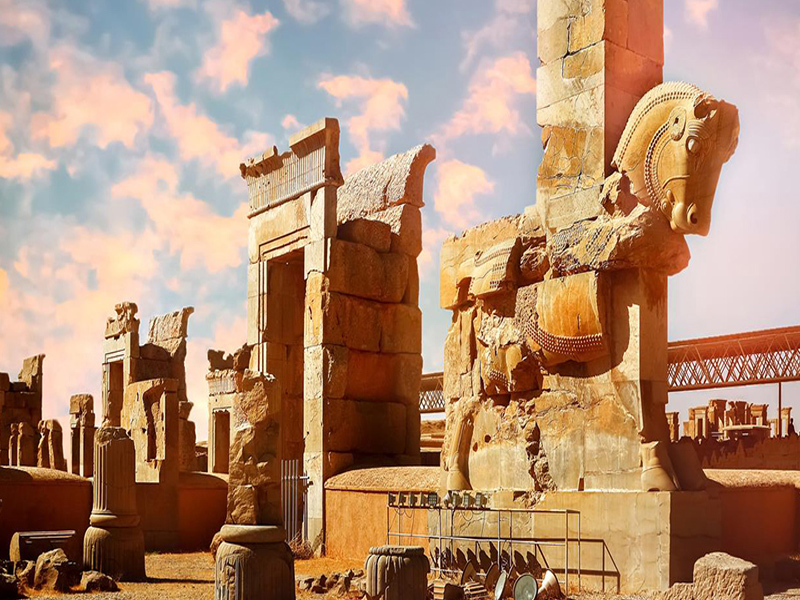Persepolis, known not only in Iran but also worldwide, is a testament to the enduring civilization and global unity of humanity. This structure was built in 518 BCE by renowned engineers and architects from around the world who were invited to the land known as the cradle of knowledge. They embarked on designing and constructing a masterpiece known as Persepolis. In this article from Eligasht, we will delve into the history, significance, and captivating features of Persepolis.
Book Iran Air flights from London to Tehran and Tehran to London with Eligasht UK:
Persepolis’ Name
Persepolis is also referred to by other names, such as Parsa, Parsehpolis, Parsehpolis, Chehel Minar, or Hezar Sotun. Persepolis served as the majestic and dignified capital of the Persian Empire during the Achaemenid era. It was the primary venue for ceremonies and the grand assembly of nobles for over 50 years, including the celebration of Nowruz (New Year).
Ancient Origins of Persepolis
Persepolis is a reflection of the culture and history of the land of Iran. It represents the ancient civilization of the people of Iran. It is believed that Persepolis was constructed in 518 BCE, but this grandeur and magnificence were commissioned by Darius the Great over an area of approximately 12,500 square meters.
Where is Persepolis?
Persepolis is located in Marvdasht County, Fars Province. Persepolis is adorned with the refined taste and artistic sensibilities of Iran, constantly surprising visitors with new wonders, as ongoing discoveries in this historic city continue. During the construction of Persepolis, various lands were under the rule of the Achaemenid Empire, including the territories of the Egyptians, Babylonians, Greeks, Armenians, and Medes.
The construction of Persepolis was one of the ambitions of Darius the Great to showcase peace and equality to the world, an example of which could not be found elsewhere in the world.
The reason for the name “Parseh” on the Persepolis platform is that the Pars tribe was under the command of Achaemenes, and they referred to their settlement as Pars. Therefore, they named it “Parseh” on the Persepolis platform.
There is ample written evidence for this name, as a stone inscription of Khshayarsha, placed above the entrance gate of the Nations’ Gate, refers to the Persepolis platform as “the city of Parseh.”
In another place, during the Sassanian period, this magnificent structure was given the titles of “Chelsoton,” “Chehel Menar,” and “Takht-e-Soleyman.”
However, due to the lack of knowledge about the original builder of Persepolis, they gave it the name of Jamshid, an ancient mythical king, and it has been known and referred to as Takht-e Jamshid (Persepolis) since then.
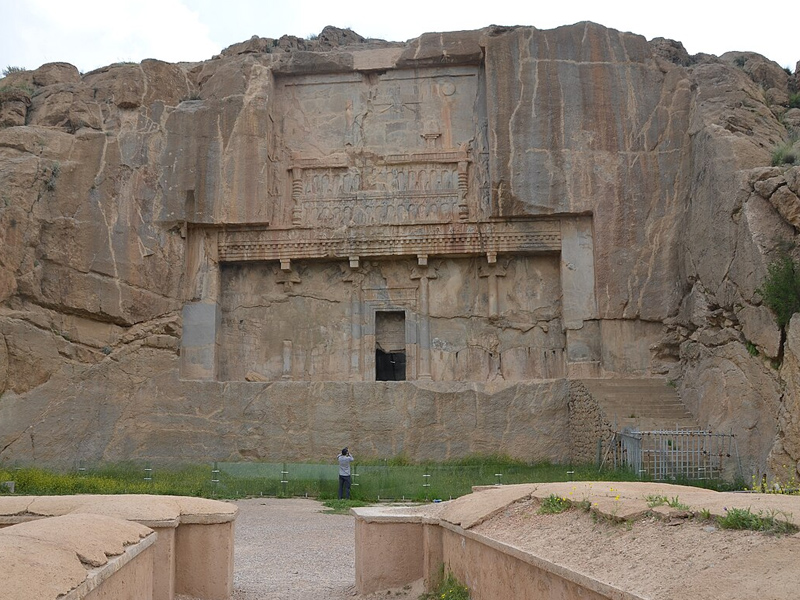
Residence at Persepolis
During the reign of the Achaemenids, the kings designated specific places for their seasonal residences. Among these seasonal residences were the summer residence in the city of Ecbatana, which is the ancient name for the present-day city of Hamadan, and the winter residence, which was located in the beautiful city of Susa.
We then come to the best viewpoint, the city of Marvdasht, and for a better view of the birth of the earth in the spring season, they established a spring residence at Persepolis, which was the venue for the ancient Iranian national celebrations (Nowruz festival).
After the death of Darius the Great in the Achaemenid dynasty, the Achaemenid Empire was handed over to his son Darius II, and later to his son or grandson Artaxerxes I. These two great men ordered the construction of magnificent and glorious buildings and structures at Persepolis, enhancing the spiritual value of the Persepolis platform. This artistic complex reached its peak of wonder and splendor.
In general, the construction of the buildings and palaces of Persepolis took about 180 years to blend with Iranian taste and art, depicting scenes of the customs and traditions of the people with beauty and extraordinary craftsmanship. Persepolis was used for about 200 years, and the Achaemenid kings benefited from it. However, after the brutal and savage invasion of Iran by the Romans under the command of Alexander the Great, Persepolis was set on fire, turned into ruins, and abandoned.
Persepolis, the city of Parseh
When you enter the artistic complex of Persepolis and intend to enter the city of Parseh, you will be greeted by two parallel staircases. These beautiful and graceful steps, resembling clasped hands, symbolize the respect for the steps of guests and tourists in the land of Parseh, welcoming you to Persepolis and guiding you to the Gate of All Nations.
At the end of these stairs, you will reach the Palace of the Gate of All Nations. The entrance to this palace is the same as the entrance to the palace of Khshayarsha, which is essentially a main entrance with two exits adorned with reliefs of winged men and bulls with human heads.

The series continues from the small palace of the Gate of All Nations to the Apadana Palace, inviting you to this magnificent palace.
Apadana Palace
The Apadana Palace in Persepolis is formed by two complete sets of stairs located in the northern and eastern parts of the Apadana Palace at Persepolis. In the eastern set of stairs, there are two sections of stairs, one facing north and the other facing south, adorned with prominent reliefs of high-ranking military commanders. These reliefs reach their artistic pinnacle on the sides of the staircase.
Beautiful depictions of military commanders in Persepolis show them holding blue water lilies in their hands. Continuing, you will see beautifully carved reliefs depicting eternal guards standing in respect and paying homage to the Achaemenid military commanders. These are just small glimpses of the extraordinary beauty of Persepolis that captivate you.
In the upper part, among these carved reliefs in Persepolis, you will see other individuals approaching the Apadana Palace in Persepolis while carrying gifts as a sign of tribute and respect.
Persepolis Columns
One of the most famous remaining structures in this area is the columns and column capitals discovered at Persepolis. These columns are very tall and heavy, and their construction method remains fascinating to architects and archaeologists.
The Persepolis columns serve as a testament to the grandeur of the structures that have been lost over time, but by looking at these columns, one can get a glimpse of the past glory of the palaces. The columns of Persepolis were a small part of the Achaemenid palaces. Out of the 72 columns of the Apadana Palace, only 14 remain today.
Each of these columns had a height of over 20 meters and weighed 85 tons. In the Apadana Palace, each of the three halls was constructed with the help of 12 rows of columns. In the eastern hall, sculptures of double-headed lions can be seen on the columns, while in the western hall, the sculptures are in the form of bulls. The columns of the main hall are also designed in the shape of bulls, and the remaining traces of paint on them indicate their colorful appearance in the past. The grooves and reliefs of all these structures bear similarities to each other, with only minor differences in details being noticeable. Although these structures have lost their past grandeur, all the sculptures possess incredible beauty and sophistication.
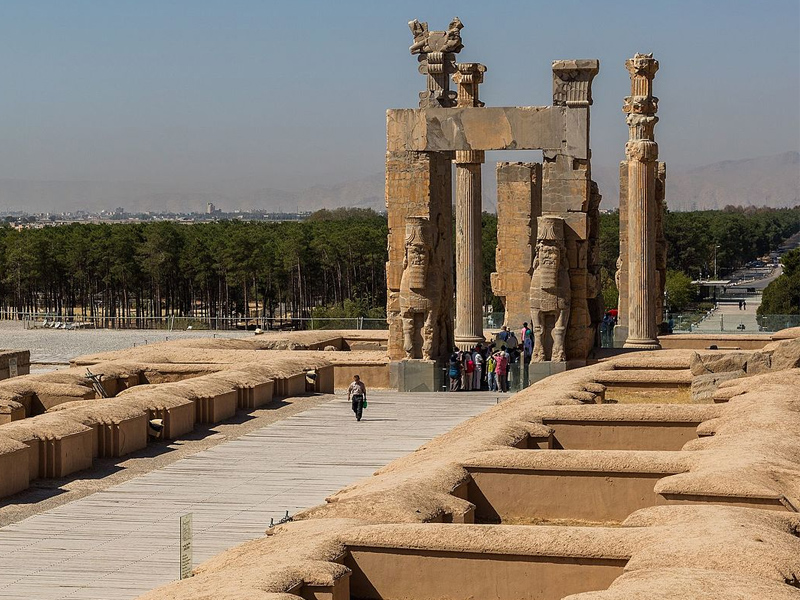
The columns and column capitals of Persepolis have become symbols of this ancient region, to the extent that in many published images worldwide, these columns and column capitals can be seen. Even today, replicas based on these images are used as symbols of ancient Iran in many new buildings.
Xerxes (Hadiš) Palace
The beauties and wonders of Persepolis are not limited to one palace, as there are multiple palaces located there. Another magnificent palace in Persepolis with a unique view is called the Hadiš Palace.
The Hadiš Palace in Persepolis is highly esteemed and famous because it bears the title of the private palace of the Achaemenid King. This palace is located in the highest part of the artistic and historical complex of Persepolis and is connected to the Queen’s Palace in Persepolis through two complete rows of the main staircase.
Studies conducted by researchers and historians on the valuable complex of Persepolis have strongly suggested that when Alexander the Great invaded Persepolis and set it on fire, the main fire started from the Hadiš Palace in Persepolis. The Romans were envious of the rule of the Achaemenid King and harbored hatred towards him.
These findings are based on the examination of yellowish stones that reached their peak temperature due to the complete drying of water within them. The Hadiš Palace is relatively small in scale, and due to extensive damage, unfortunately, limited information is available about the structure of this palace. It is worth mentioning that due to the lack of information, this beautiful palace remains mysterious.
Meaning of Hadiš Palace
Hadiš, in its literal sense, means a high and elevated place. On the other hand, it is the name of the second wife of the Achaemenid King, named Hadiš. Therefore, the palace is named after his spouse.
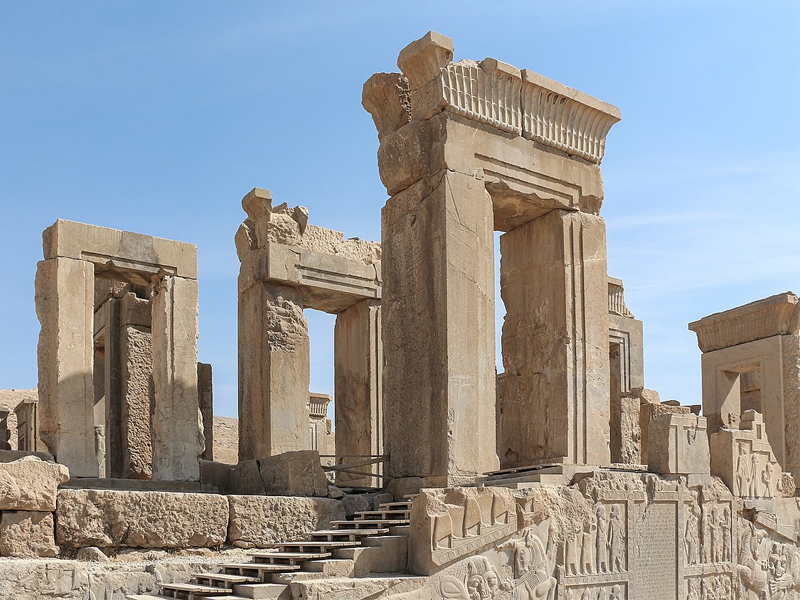
Tachara Palace
The first palace built by the order of Darius the Great in Persepolis is the Tachara Palace. This palace has a special value and significance, with its most precious aspect being the command to construct this structure by the king himself.
All the visible documents of this historical event exist in Persepolis, written on a tablet that says, “I, Darius, built this Tachara.” The original name of the Tachara Palace means the winter palace of the kings. The Tachara Palace is situated on a slightly elevated platform, only three meters higher than the Apadana Palace. In the central hall of the Tachara Palace, you will see columns standing in three rows, and there are rooms located around the Tachara Palace. Additionally, the Tachara Palace features unique inscriptions and reliefs that serve as valid evidence of the antiquity and historical significance of this place, although they carry other untold enchanting stories within the depths of history.
Related post
10 of the most important fire temples in Iran
9 Registered Iranian Gardens in UNESCO
Stone Carvings and Bas-Reliefs
Among the most important discoveries in this area are the inscriptions and bas-reliefs that are carved in various parts of the palaces and structures of this site. Due to the antiquity of Persepolis, these findings are considered some of the most significant evidence of early civilizations in the world, and scientists and researchers from around the globe have been attempting to decipher and interpret these inscriptions and artifacts. Many portions of the inscribed lines on the tablets have been read today, but the decipherment of these tablets continues in various parts of the world.
The significance of the Suez Canal in Persepolis, a sweet memory
Darius the Great in Persepolis was always concerned with economic prosperity and establishing connections with other commanders of foreign countries. When present in place, they were always thinking about these connections until they realized that to establish communication between the Red Sea and the Mediterranean, they had to dig a canal. However, eventually, the construction of this canal was halted. In Persepolis, Darius the Great knew that digging this canal was very valuable and beneficial, and despite the minimum resources available, this feat was truly insignificant. But this engineering masterpiece was finally completed and, at that time, was built and put into operation by the order of Darius the Great in Persepolis. It is worth mentioning that Darius the Great ordered the construction of Persepolis to showcase the grandeur and splendor of his reign, several kilometers away from Pasargadae.
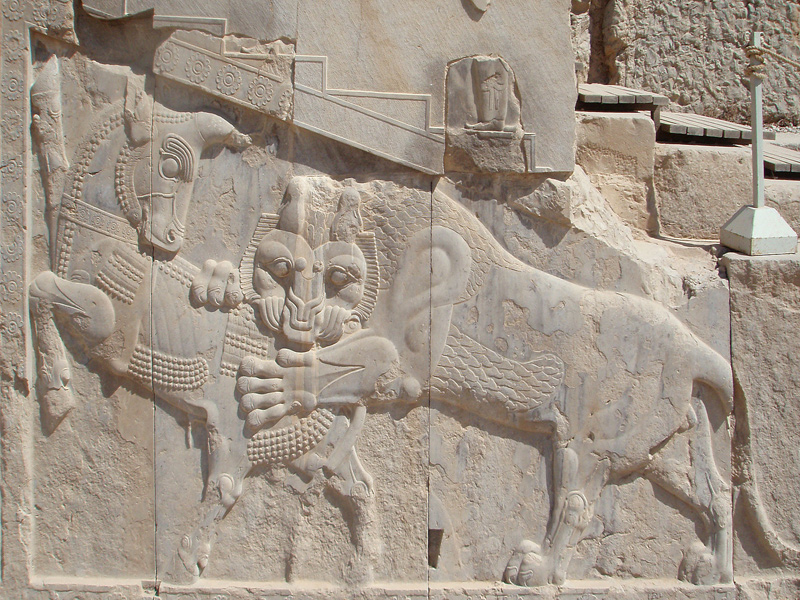
Final words
Persepolis stands as a testament to the grandeur and cultural achievements of ancient Persia. Its magnificent ruins, intricate carvings, and historical significance make it a must-visit destination for history enthusiasts and those interested in the ancient world. By preserving and appreciating Persepolis, we can continue to honor the legacy of the Achaemenid Empire and gain a deeper understanding of the rich history of Iran.
FAQ
1- What is the historical significance ?
Persepolis holds immense historical significance as the ceremonial capital of the Achaemenid Empire, one of the greatest empires in ancient history. It was a symbol of Persian power, cultural exchange, and diplomacy, attracting representatives from various regions and showcasing the wealth and achievements of the empire.
2- How can I visit Persepolis?
Persepolis is located in Iran and is accessible to visitors. To visit, you can fly into major cities like Tehran or Shiraz and then travel to Persepolis by road. It is advisable to hire a local guide who can provide insights into the history and significance of the site. Comfortable shoes and water are recommended, as the site is extensive.
3- How has Persepolis been preserved over time?
this place has undergone extensive restoration and preservation efforts by the Iranian government and international organizations. These efforts aim to safeguard the historical legacy of the site. Conservation projects have included stabilizing structures, protecting carvings and reliefs, and implementing measures to mitigate the effects of weathering and erosion.
4- What are the must-see features of Persepolis?
While exploring this place, make sure to visit the Terrace, which offers a stunning view of the entire site, and the iconic Apadana Palace, known for its grand hall and magnificent reliefs. The Throne Hall, with its impressive columns, and the Treasury, showcasing the empire’s wealth, are also must-see features. Each structure at place holds its unique charm and significance.
